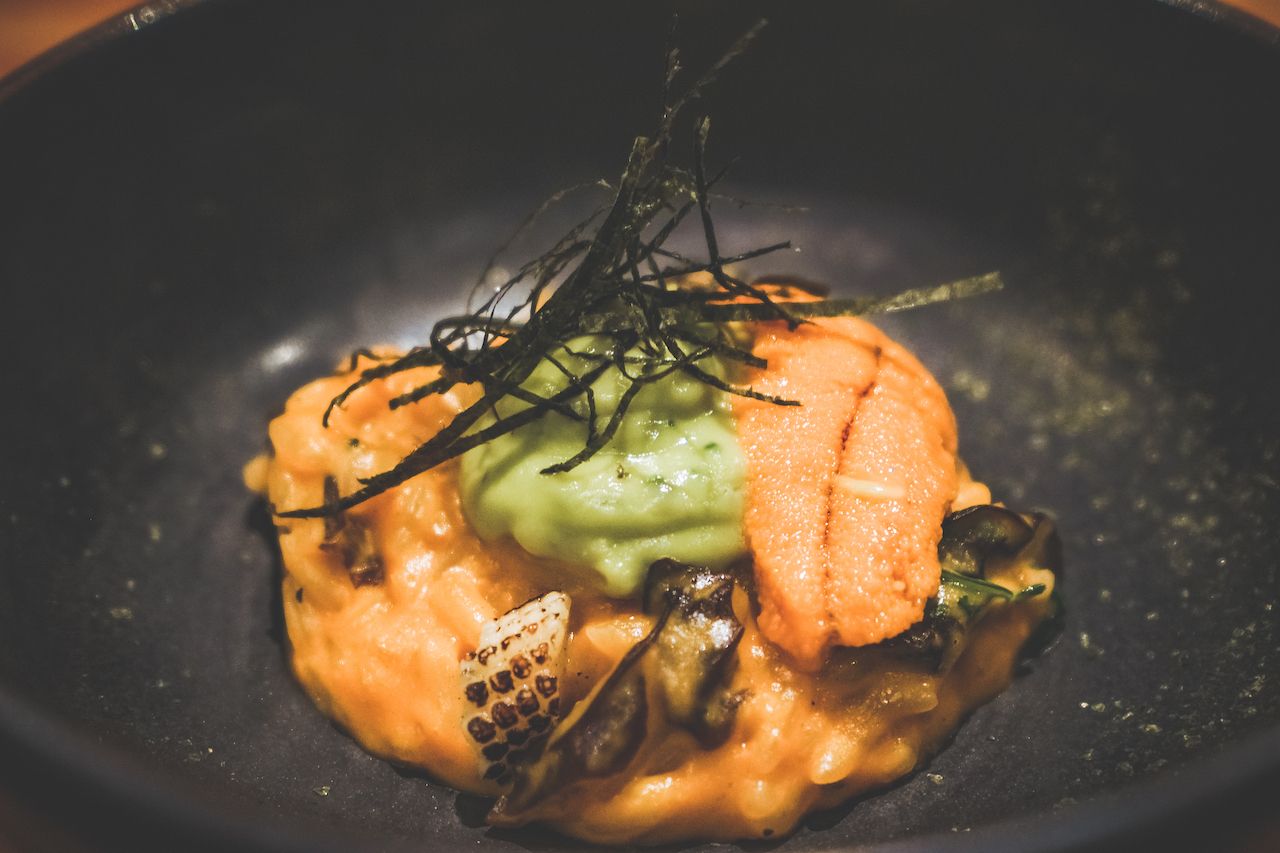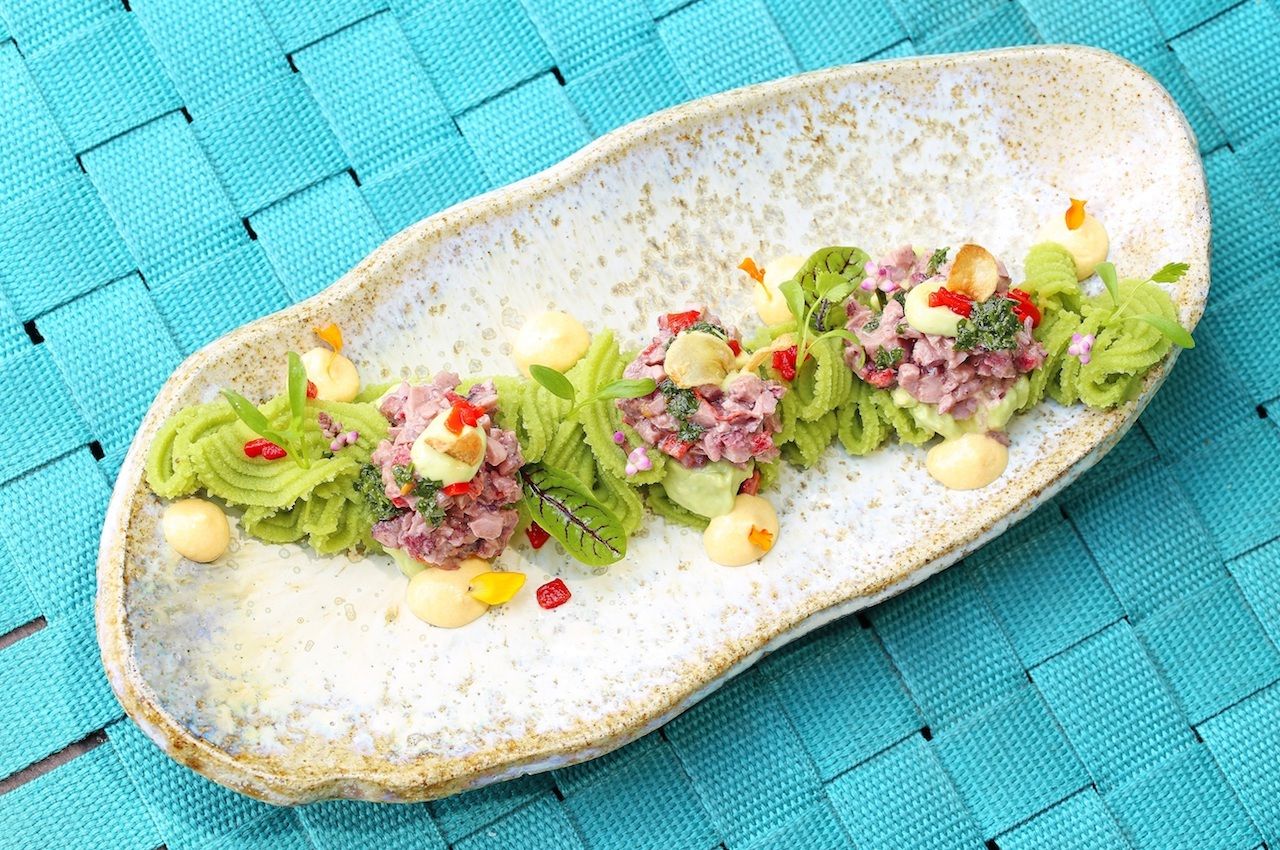“Nikkei” just sounds like a word people are going to use wrong.
You can almost hear a half dozen people sitting around a violet-lit table in some SoHo hotspot asking stuff like, “Is the octopus tonight Nikkei? Perhaps you could go back and ask the chef.”
While the waiter looks on confused another chimes in, “Kylie ONLY eats Nikkei now. It’s like sushi, but lower-carb.”




